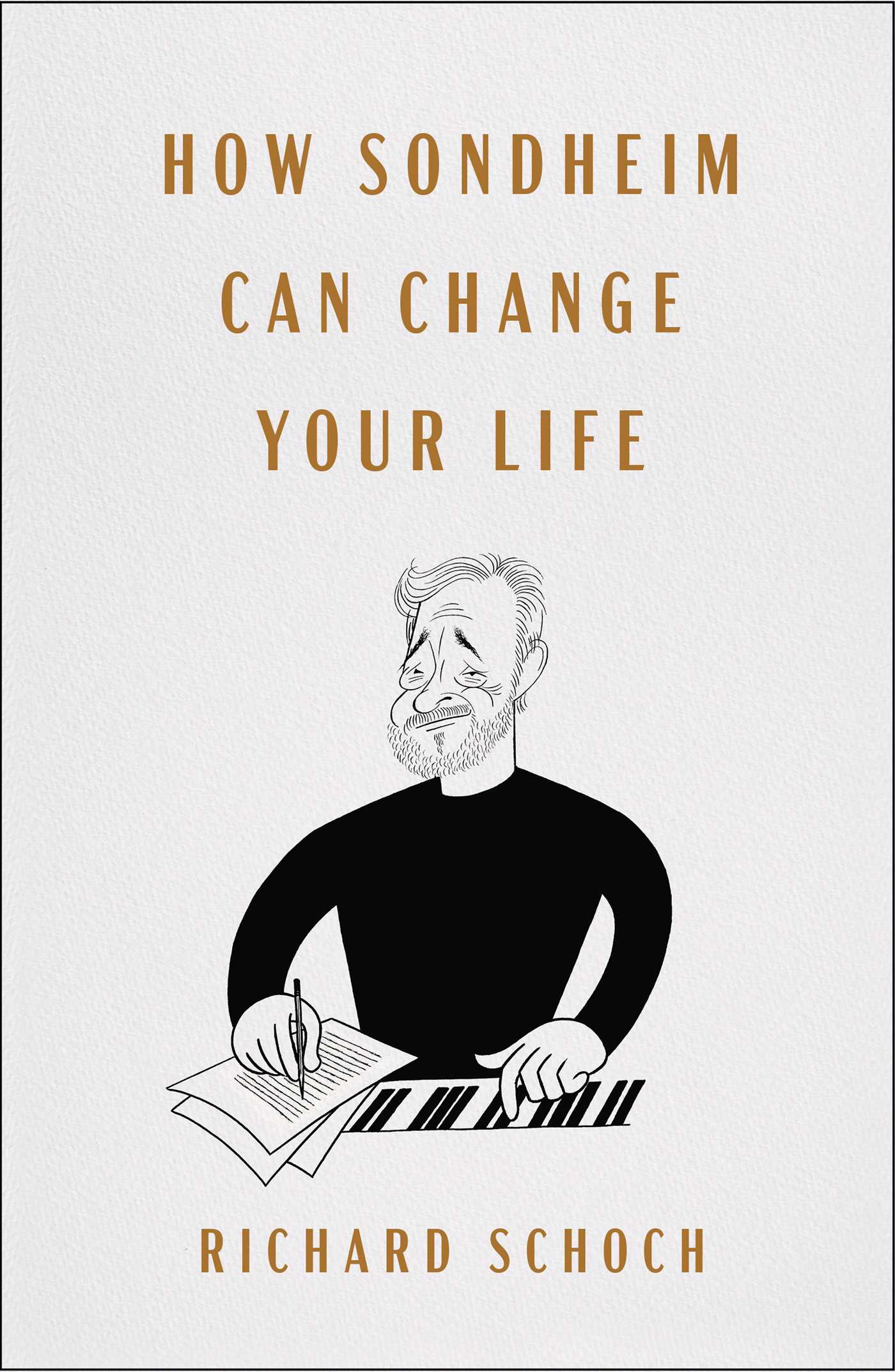Review: How Sondheim Can Change Your Life by Richard Schoch
Stephen Sondheim was one of the greatest musical theater composers and lyricists of the twentieth century–known for musicals including West Side Story, Gypsy, Company, Sweeney Todd, and Into the Woods. His works have had an enormous influence on many people–including myself– who have been part of his shows either as performers or as audience members.
As a Sondheim fan, I was immediately intrigued by Richard Schoch’s new book How Sondheim Can Change Your Life (Atria 2024). Schoch–a Professor of Drama at Queen’s University Belfast– examines Sondheim’s works in terms of the personal lessons that can be drawn from them. For example, he looks at Company as an examination of how to develop a successful intimate relationship while Sweeney Todd is seen as a case study of how (not) to deal with injustice. In the “Overture” to the book, he writes: “Sondheim’s works can change your life. A prolonged encounter with them will reveal predicaments–and the paths out of them–that we recognize as our own. The better we understand Sondheim, the better we will understand ourselves” (xx-xxi).
I was particularly intrigued by Schoch’s reading of Into the Woods–a musical that I have loved ever since I played Cinderella’s Prince in a high school production. The show combines well-known fairy tales including those of Cinderella, Jack, and Little Red Riding Hood with an original plot involving a childless baker and his wife who must venture into the woods to acquire specific items such as “the cow as white as milk” and the “cape as red as blood” in order to break the curse of childlessness placed on the baker’s family. According to the librettist, James Lapine, the Baker and his Wife were modern-day New Yorkers who awake one morning to find themselves trapped in a fairy-tale world. They were also meant to stand in for the audience. Schoch argues that “This act of substitution is key to all fairy-tales, for they must reflect back to us, if only symbolically, an image of ourselves. We must see in the fairy tale a version of the real tale we are living out day after day” (172).
Schoch focuses on the Baker’s Wife–particularly on her soliloquy “Moments in the Woods”. This occurs after she has been seduced by Cinderalla’s Prince. During the soliloquy, the Baker’s Wife goes from disbelief that she has actually been kissed by a prince, to a desire that she could have a life that includes both the excitement and romance offered by the Prince and the comfort and stability offered by the Baker and finally to the realization that it is making a choice that gives meaning to life. Most analyses of the song argue that it is through the decision to return to her husband and child that the Baker’s Wife affirms what is really important to her. However, Schoch argues that “the tragedy of the Baker’s Wife is not that she rejects Prince Charming but that she rejects what he stands for. This larger, ultimate rejection is what dooms her, because the prince symbolizes a forsaken part of her own self. He’s an image of the exalted aspect of herself that the Baker’s Wife longs to integrate into her own life–to be, as it were, reconciled with–but in the end does not. So, in spurning him, she really spurns herself” (183).
How Sondheim Can Change Your Life will appeal mostly to those who are already fans of Sondheim’s work. While at times it can seem a bit too much like a self-help book, it is a fast-paced introduction to Sondheim’s musicals and some of the dilemmas faced by their characters.
I will end this post with a clip from the original Broadway production of Into the Woods of Joanna Gleason performing “Moments in the Woods”




